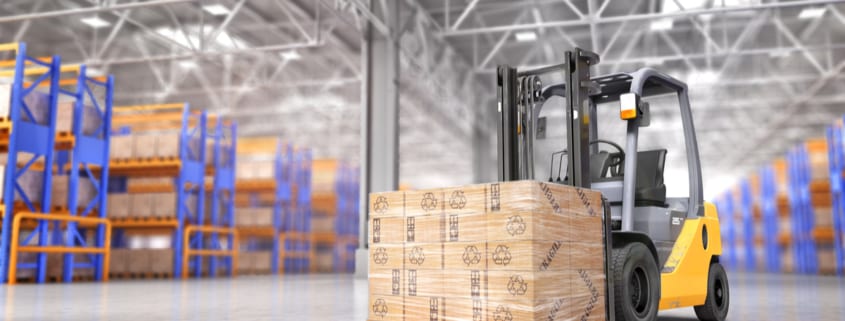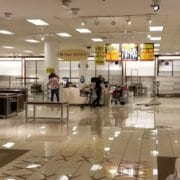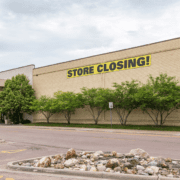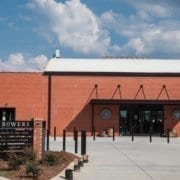Why Last Mile Delivery is Driving the Adaptive Reuse of Vacant CRE Properties
The growth and success of e-commerce has led to massive changes in today’s technological and operational fulfillment processes. Consumers now have the luxury of simply pressing a button and having items appear at their doorstep within a matter of days or even hours. To consumers, however, fast-paced deliveries are more of an expectation and to others it is a requirement. Approximately 84% of consumers admit that they would not continue to shop with a brand after just one poor delivery experience. With consumers’ high expectations, suppliers are being challenged to consistently deliver packages in a timely manner.
The need for increased delivery speed has skyrocketed, stirring the demand for last mile industrial inventory distribution space. This last mile distribution space serves as a hub for goods that allows items to be delivered to the end user as fast as possible. According to JLL’s Urban Infill report, the annual total of e-commerce deliveries has more than tripled over the past 5 years. On the other hand, the development of new urban industrial infill remains relatively flat. In an effort to supplement the lack of ongoing industrial development, commercial real estate properties, such as vacant big-box retail and office buildings, are commonly being repositioned as last mile fulfillment centers.
Read ahead to learn how the demand for speedy deliveries is driving more adaptive reuse of vacant and underutilized commercial real estate properties and the advantages of these adaptations.
Close Proximity to End Users
The major advantage of last mile delivery facilities is that they are conveniently located in highly populated urban areas near a wide net of consumers. This proximity makes fast delivery speeds easier to achieve. With very few vacant areas of land available for the development of new facilities in urban areas, undergoing the adaptive reuse of pre-existing buildings is often easier. Because vacant retail and office buildings are most often located in densely populated areas, these spaces offer an added convenience to suppliers by helping them more easily deliver packages to the end user.
Lack of Available Warehouse Space
As some developers opt to repurpose older industrial facilities as residential lofts, mixed-use properties, and creative spaces, a disappearance in available warehouse space is beginning to occur. For example, in California’s Orange County an estimated 3 million sq. ft. of infill industrial space was adapted for non-traditional uses from 2010-2018. This disappearance in warehousing space coupled with consumers’ “need for speed” is creating more demand for the transformation of existing buildings into last mile delivery centers. In fact, a 2018 Industrial Labor report by CBRE predicted a total of 184 million square feet of e-commerce logistics demand by 2020. The growing demand for last-mile delivery space has opened new investment and redevelopment opportunities for vacant and under-utilized retail and office spaces.
What are the advantages?
As of 2018, demand for manufacturing space in the United States has consistently outpaced that of the available supply. Unlike newly constructed facilities, existing structures are likely to already be prepared to accommodate fulfillment needs. This eliminates the added time and pressure associated with the new development process. By minimizing some of the time restraints of constructing a new facility, suppliers can more rapidly have their last mile delivery processes implemented and ready to go.
Read E-Commerce Returns and CRE Warehouse Demand: Dilemma or Opportunity for an additional resource on warehouse solutions and logistics.











